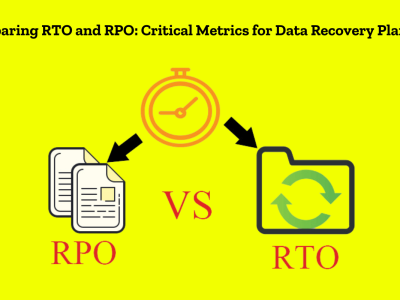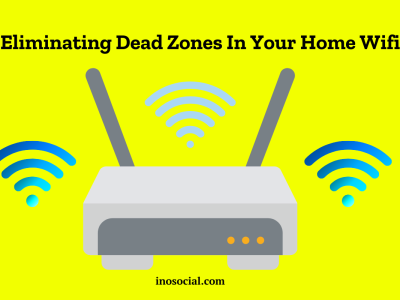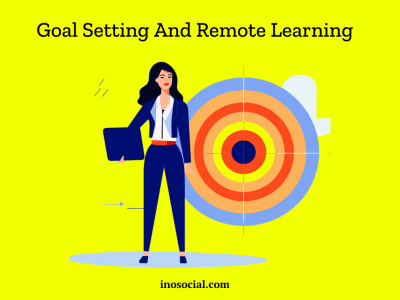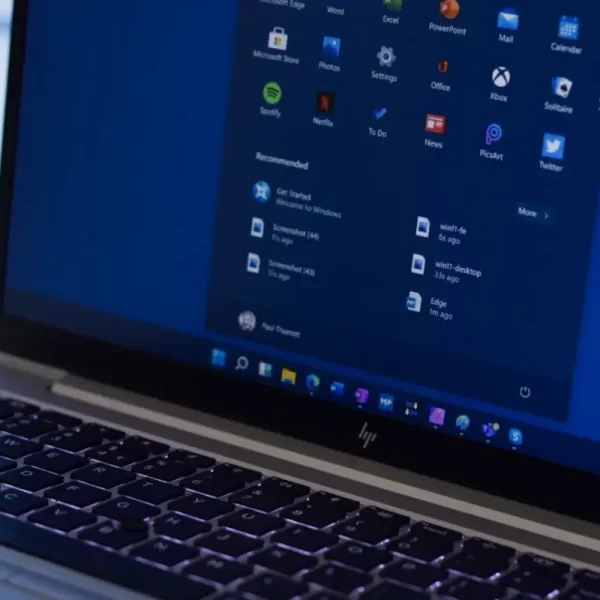In 2022, the world is more technologically advanced than it has ever been. Every aspect of our lives has some form of technological influence to it which has either streamlined a process, automated a series of actions, or just made life simpler. Beyond our personal lives, technological advancements have been felt by entire industries that leverage the latest tech to add more value to their brands, make processes more efficient, and also automating many functions to save time, effort, and money. One of these is the retail sector.
In a post-pandemic world, the field of retail has seen a revolutionary change. Businesses were made to shift from brick-and-mortar to online in a matter of weeks and the outcome of said change has transformed the retail landscape as we know it. Moreover, even after the pandemic is over, the world hasn’t gone right back to where it once was. Thanks to a sharp rise in online shopping and e-retail becoming the craze, the retail industry has had to change its ways.
Being able to shop online is incredibly important for people all over the world. Having a reliable and stable internet connection makes this a breeze. Click here to learn more about what AT&T has in store for you
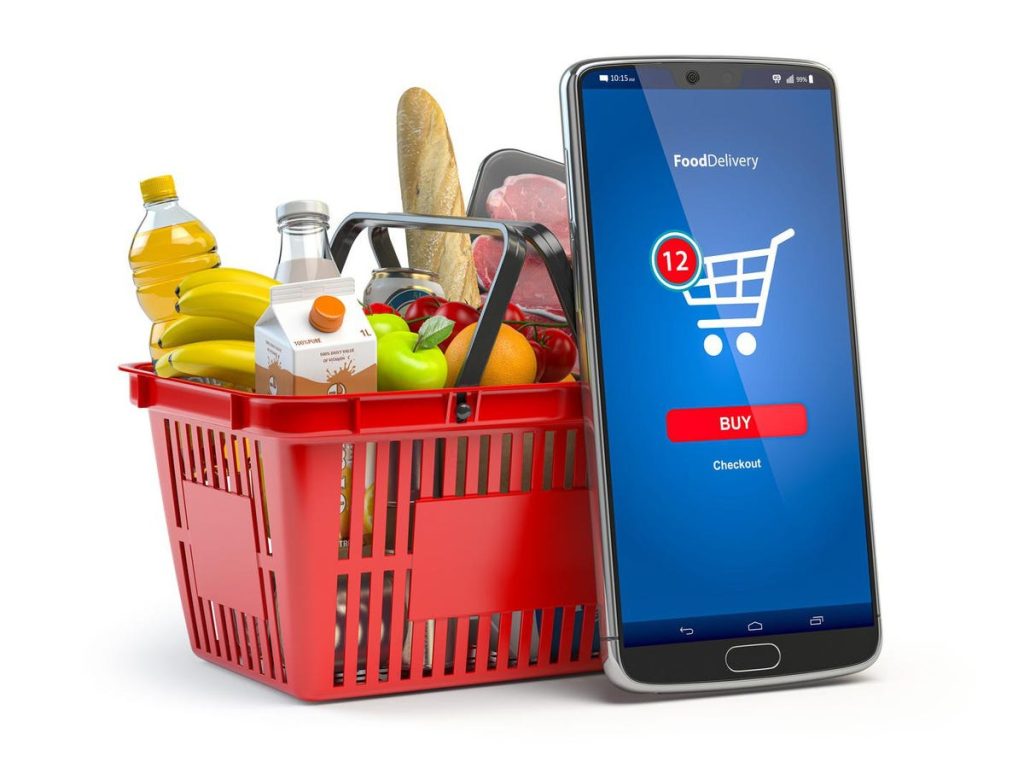
Also Read: “What does urge delivery mean?”
Retail Tech Trends to Watch For
This does not mean that in-person retail is completely over, in fact from it. In-person retail is still going strong and shows no signs of immediately fading into darkness. Technology and retail go hand-in-hand, with the latter making the former more accessible and smarter. Let’s get into the latest retail tech trends.
- Cashier-less Stores
In a world full of sensors and cameras, it is unsurprising that cashiers are slowly being phased out. Retail giant Amazon first introduced the cashier-less store in 2018 as an experiment. Customers would scan a code when going in and each time they would drop an item in their trolley, their digital cart is automatically updated. The moment they walk out of the store, their card is charged and the groceries are paid for. When Amazon acquired Whole Foods Market, the US supermarket chain, the intention was to take this action plan and scale it.
With the rise of contactless payments and NFC chips in all sorts of devices along with services such as Apple Pay, Samsung Pay, and Google Wallet, cash and even cards are becoming a thing of the past. Now, you can simply use your mobile phone or smartwatch and make a payment by bringing it up to the machine. Visa has reported that 31 million people used a visa contactless card only in March 2020. With the pandemic forcing us to become more socially distant, this number has certainly gone up.
However, this isn’t the utopian dream that it might seem to be. cashier-less stores and contactless payments still require some form of human input. For example, cashier-less stores still require people to stock the shelves. Contactless payments require the necessary hardware and training when making the departure from traditional payment methods. Moreover, it also requires a strong and stable bandwidth to ensure the transaction goes through. The benefits of this are limitless but wider acceptance is still distant and most people still prefer to use methods they are used to already.
- Autonomous Deliveries
During the COVID-19 pandemic, social distancing had become the norm. People were told to stand 6 feet away from each other and if you didn’t know if someone was positive or negative, you had them stay at a distance. As a result, autonomous deliveries became a reality. It started with contactless deliveries where delivery people would drop off the package or order at the door and leave. Once gone, the customer would collect it, removing the need to be face-to-face. Beyond the pandemic, this is still an ideal way of doing things since many people would prefer not to interact with someone they do not know. Moreover, deliveries can be made while the customer isn’t immediately there.
But autonomous deliveries take this one step further. Instead of a delivery person bringing your order or package, you have a machine do the job for you. In theory, you have a robot of some sort bringing you your order and delivering it. This robot could be a drone that flies in with your package or an autonomous bot that drives to your home. While it might sound like something out of a movie, this is happening out there. These delivery bots have risen in popularity and a company named Starship. Inside Starships delivery robots, there are cameras, radar sensors, ultrasonic sensors, and others. This sensor array helps map out the surrounding environment and makes it easier for the robots to travel around.
However, these delivery robots have their limitations. For the time being, they are only being used to make deliveries across short distances. Often touted as the ‘last mile’ in the delivery process, these delivery robots currently only make a 1-3-mile journey. In order for wider adoption, the right infrastructure and technology are needed. With AI and machine learning running riot right now, proper adoption isn’t too far off.
- Omnichannel Commerce
The term omnichannel is defined as using every possible channel to make a sale. Omnichannel wants to use every possible avenue to bring in customers and create a system where it is incredibly simple for customers to come in. Social media has emerged as the ideal candidate as opposed to websites or brick-and-motor stores. Facebook and Instagram are evidently dominant in this space. With their mammoth user base, it isn’t hard to find customers. Furthermore, these platforms have made it incredibly simple to run ads to specific demographics in an effort to bring in more people.
Retailers have picked up on this and have invested heavily in social media teams who manage their online presence. As a result, you will often see posts from brands asking you “mention someone in the comments” or ‘tag your best friend’ type of slogans. These are all engineered to bring in traffic which will turn into leads and subsequently into conversions.
- Secure Retail
The continuous rise of artificial intelligence and machine learning means it has become easier to manage your business. Voxel51 is one such technology that leverages different forms of hardware and software to monitor buildup in crowds and traffic. This could help retailers understand where most customers are to understand which products are selling and which aren’t. Understanding movement patterns allows brands to make better decisions. This is an extension of the data-driven decision-making that has been mentioned earlier.
The use of blockchain technologies and artificial intelligence will allow retailers to improve supply chain processes. In a world of cybercrime and increasing governmental volatility, the blockchain will allow for increasingly transparent record-keeping and also do a proper job of damage control. The blockchain will not solve the cybercrime problem but it will make it infinitely easier to track down where the disruption came from.
Conclusion
In a post-pandemic world, the retail sector has been forced into making quite a few changes. With new and advanced forms of technology being developed and implemented across the board, some will work while others will fail. This is the reality of the world we live in and it is important to remain in the know about what is going on. A more informed consumer pushes the retailer to improve their services which is a win-win for everyone involved.


